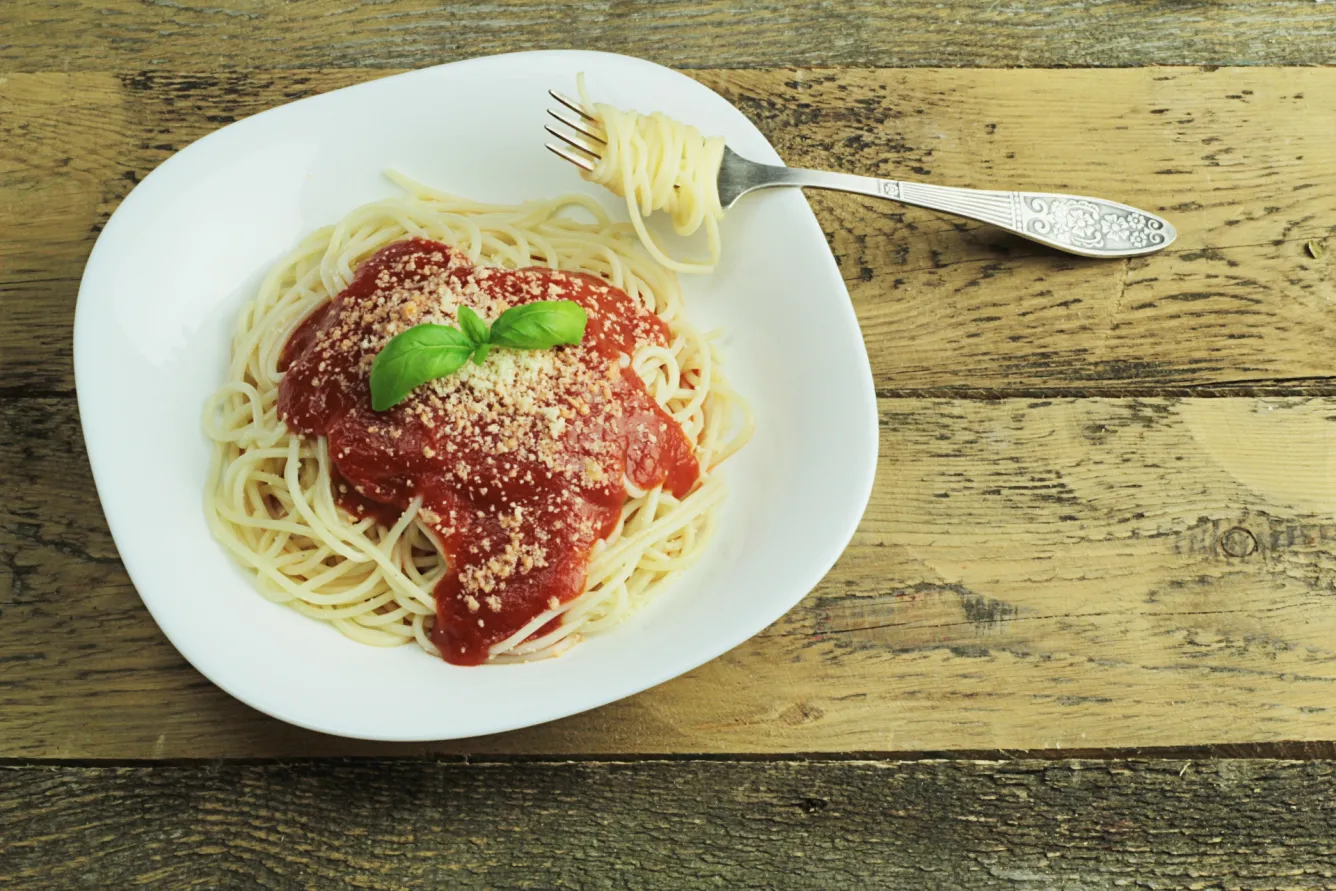
In the rare moments that I’m not online, one of my favourite things to do is to spend time in the kitchen, experimenting and creating delicious things for myself and the people I love and care about. One of my best “customers” is my seven year-old nephew Xavier, who, despite his rather picky eating habits, loves to help in the kitchen and make his favourites.
Our current greatest hits list includes Rice Krispie squares, sugar cookies (not very often!) and his personal favourite, spaghetti and homemade meatballs, which I lovingly make with salt, pepper, oregano, garlic and basil—with a sneaky addition of carrots, because even aunties have to resort to getting creative in getting kids to eat their veggies. To date, he still has not found this out (you can keep a secret, right?). In fact, he loves those meatballs so much that when he’s with his mom, dad or grandma, he specifically tells them to “make it like Auntie June”—a rare time when my cooking is considered better than my mother’s (bragging rights forever).
As part of the village that raises him, one meatball at a time, I’m thankful that I can be called on to make the food that he loves and enjoys, and is sometimes nutritious. I also know, having lived and worked in many areas of Toronto, that having the privilege, access and choices to a variety of food to be able to be called a picky eater is not universal. Of the 850,000 people that access food banks in Canada, for example, more than one third are kids. In Toronto, there’s been an 18 percent increase in the number of kids 17 and under accessing the Daily Bread Food Bank. The evidence of food insecurity is also clear in international reports; UNICEF’s Report Card 14 found Canada in 32nd place out of 41 countries in reported food insecurity.
What does food insecurity look like? Not having enough, nutritious food means kids or their parents skip meals, eat too little, or eat too much poor quality food. A simple peanut butter and jelly sandwich is a luxury for too many kids, and many more go hungry every day in communities where we live, in the schools our kids attend, around the corner, often hidden. What does food insecurity feel like? Shame at school for having too little of the right kind of food, or “forgotten” lunch bags. Not enough energy to learn and to cope with the daily challenges of being a kid.
You’re probably asking what we can do about this—I’ll admit, it’s a loaded question with a lot of deceivingly simple and very complex answers. If anything, perhaps getting kids to the point of being a picky eater is not a bad start. To do that, they need to have access to food—healthy food. If not at home, then it should certainly be in the form of a breakfast or lunch program at school. Sometimes, it’s making sure that food banks are well-stocked for those in need. Even more so, it’s continuing to improve family incomes and reduce poverty. As well, the federal government’s effort to renew Canada’s food policies is a welcome step. After all, food insecurity is not a simple lifestyle choice.
I want a Canada where picky eaters exist and hungry bellies are a thing of the past. While I’ll continue to make the food that my nephew loves and grows up on, I’ll be doing what I can to make sure that other kids across the country do, too.
Want to be part of the movement to make Canada be the best place for a kid to grow up? Find out more here.




